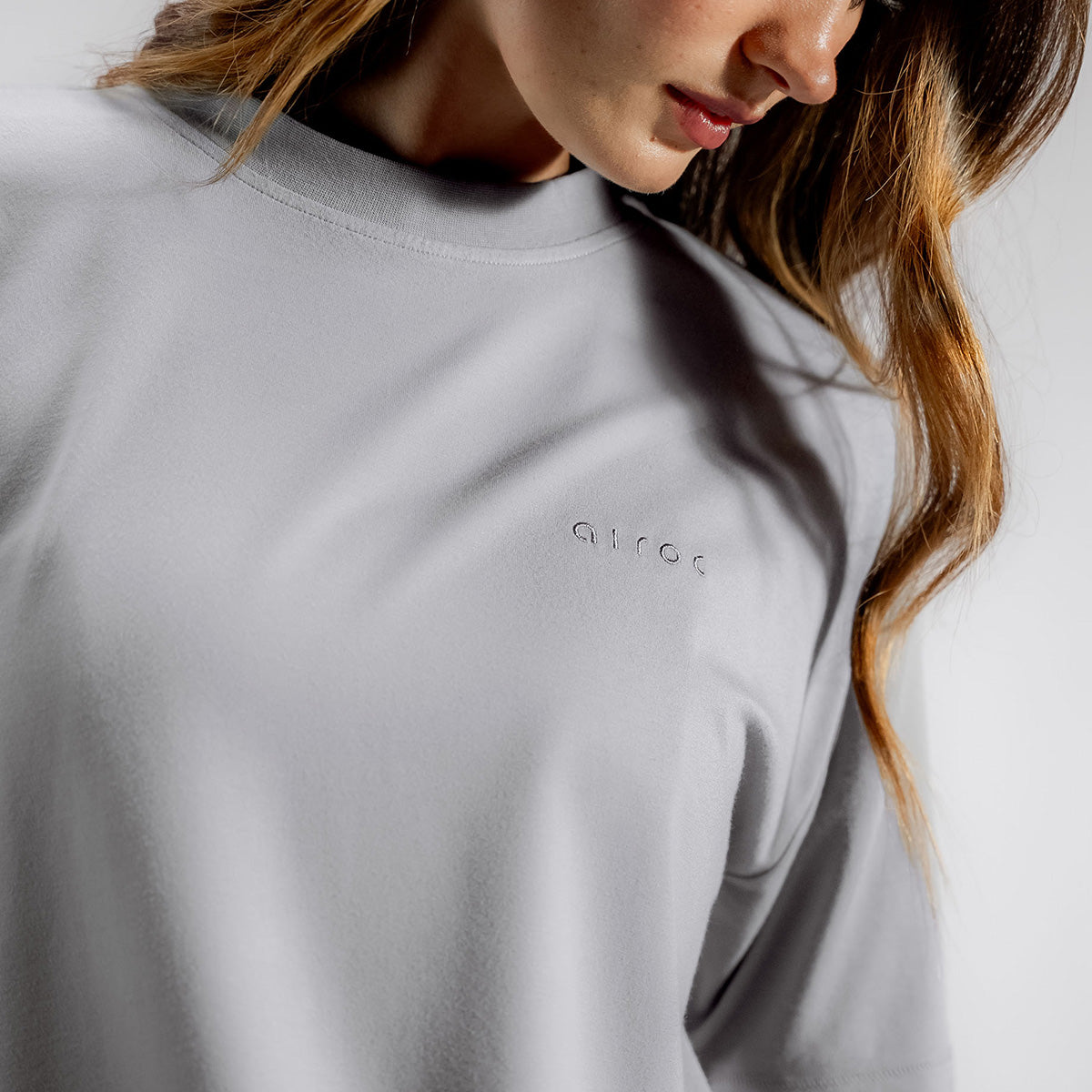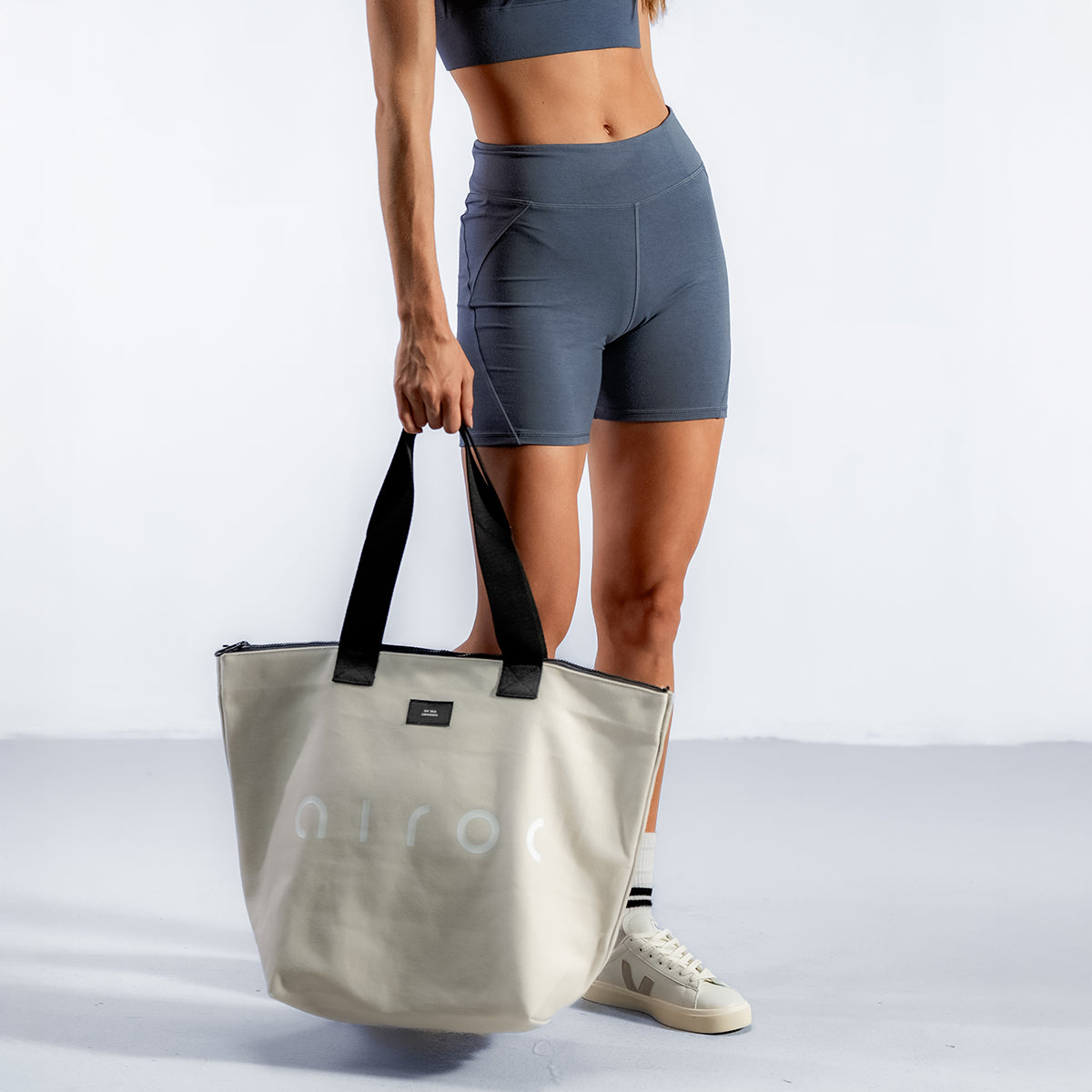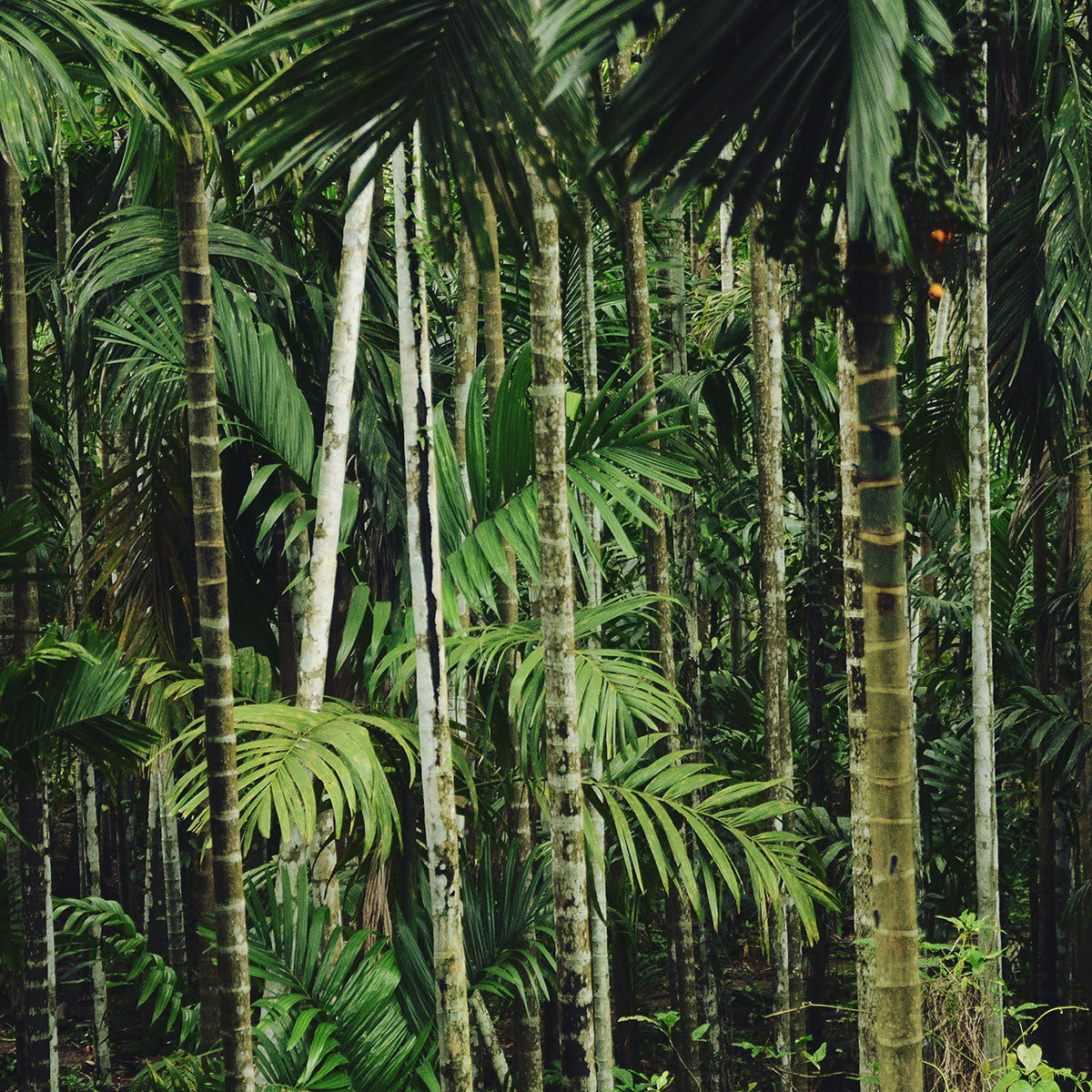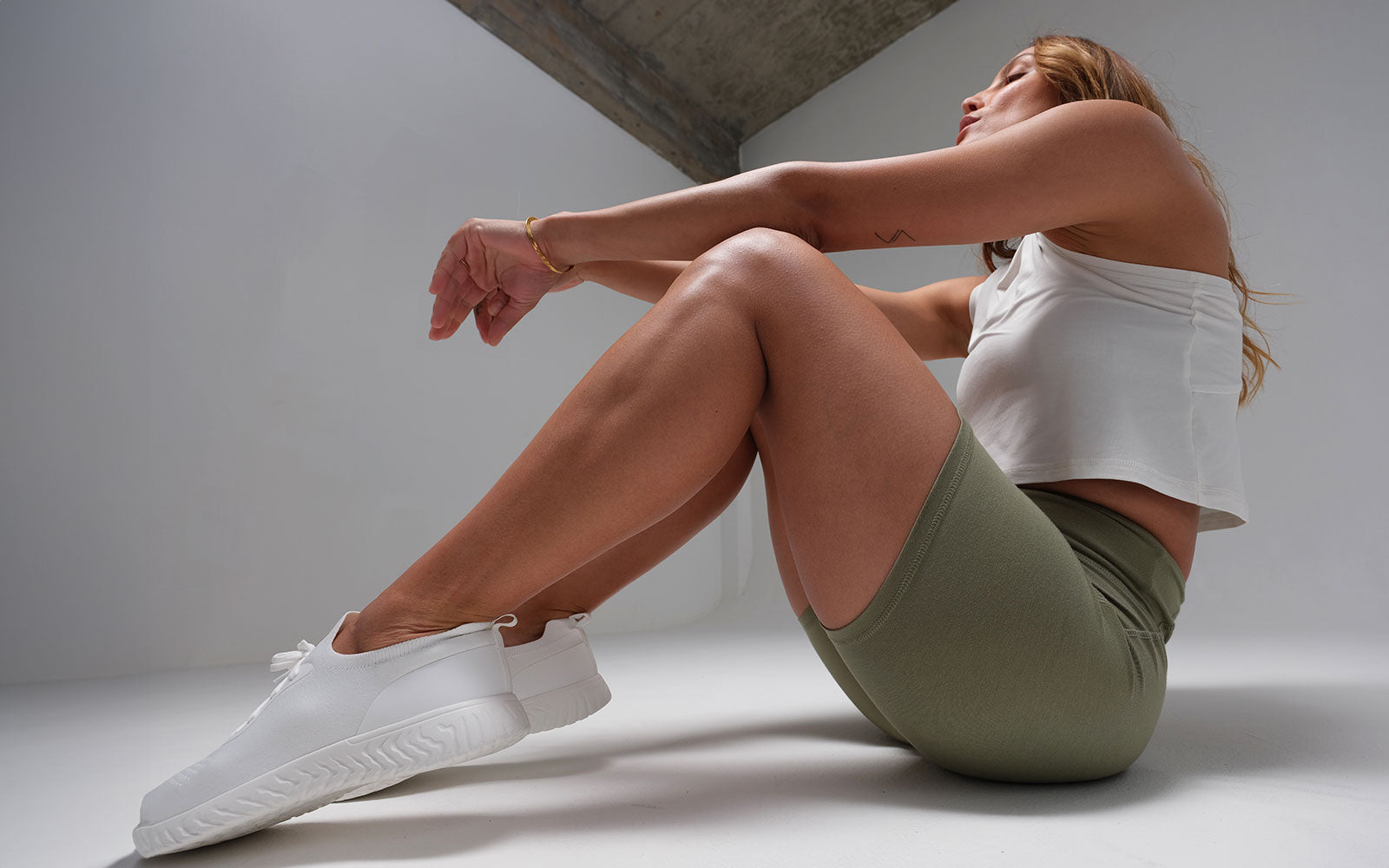4 min read (or one spin of The Sugerhill Gang's Rapper's Delight)
We’re constantly exploring new, innovative ways to improve our performance–balancing macros, staying hydrated, sleeping well, and thoughtful recovery techniques.
We’ve even begun to grasp the importance of mindset. From ice baths to nasal breathing, always searching for that extra edge.
But how often do we stop to think about what we're wearing?
Whether you’re an Olympic athlete or just staying active, we all want the same thing: more comfort during training.
Comfort isn’t just about how fabric feels (though that’s important); it’s also about temperature regulation—and ultimately, performance.
The truth is, your clothing plays a bigger role than you might realise.
With most activewear made from plastic-based fabrics, maybe it’s time to take a closer look.
So, plastic vs. natural—let’s explore the science.
01 | Regulating Body Temperature: Why Breathability Matters
Here’s a little-known fact to start: for every 1-degree increase in body temperature, you lose 5% of your power.¹
The ideal skin temperature is around 33.4°C. But when your core body temperature rises during exercise, your power starts to drop.
By the time you feel overheated, your performance is already suffering.
Thermoregulation is how your body keeps your core temperature in check. When you exercise, your body generates heat, which has to be dissipated to bring your temperature back down.
This is where fabric choice comes in.
A fabric with good thermal conductivity helps transfer heat from the hot side (your body) to the cooler side (the air around you).
Plastic-based fabrics like polyester aren’t great at this. They trap heat, making it harder for your skin to breathe. Polyester is fine as an insulator (think ski wear), but it’s not ideal for regulating body temperature.
Natural fabrics, on the other hand, are highly breathable.
Bamboo, for example, has excellent air permeability, allowing heat and moisture to escape. This keeps you cooler for longer.
In fact, Prakash and Ramakrishnan (2013)² found that bamboo fabrics allow air to pass through at twice the rate of cotton. That makes bamboo a top choice for workouts in warm conditions.

So why does this matter?
When you exercise, your body has two ways to cool down:
- Sweating (evaporation) and,
- By redirecting blood flow to the skin so heat can dissipate into the air (radiation and conduction).
Here’s the catch…
As more blood is sent to cool the body, less is available for your muscles. This reduces performance, similar to exercising at high altitude with less oxygen.¹
Synthetic fabrics that trap heat make this cooling process harder. To stay comfortable and perform well, natural, breathable fabrics are the way to go.
02 | The Problem with “Permastink”
Ever grabbed a freshly washed training kit, only to be met with that sour, lingering smell?
Don’t worry—it’s not you. It’s the bacteria breeding in your polyester clothes.
A study from the University of Ghent found that Micrococcus, the bacteria responsible for body odour, thrives in synthetic fabrics like polyester.
These fabrics trap sweat, creating a warm, moist environment where bacteria can grow. No matter how much you wash them, that smell just won’t go away.
Manufacturers have tried to solve this by adding antimicrobial treatments to fabrics, but they often use chemicals like silver nanoparticles, which aren’t great for the environment—or for you.
Here’s where natural fabrics like wool, hemp, and bamboo outperform. They naturally resist bacterial growth. In one study, over 70% of bacteria incubated on bamboo fabric were eliminated.³

Switching to natural fabrics means fewer odours and fewer chemicals on your skin. That’s a win for you—and anyone standing near you during a workout.
03 | Inflammation, Allergies, and Skin Irritation
Here’s something you might not have considered: that polyester activewear you're wearing could be leaching harmful chemicals into your skin.
Polyester, made from petrochemicals, can contain substances that aren’t skin-friendly.
When you sweat, those chemicals can be absorbed into your body.
In one study, researchers found that after 24 hours, 62% of a chemical present in synthetic fabric had passed through the skin into the bloodstream.⁴
It gets worse, unfortunately...
Research from the University of Birmingham found that sweat, especially with its oily nature, can dissolve toxic substances in synthetic fabrics, speeding up their absorption into the skin. (5)
Repeated exposure to these chemicals can lead to bioaccumulation in your body, increasing the risk of health problems.⁶
In May 2023, the Centre for Environmental Health (CEH) in California issued legal notices to 19 major brands after testing revealed dangerously high levels of BPA (bisphenol A) in their clothing.
BPA, added to polyester to improve its lifespan, is a hormone disruptor.
The CEH’s advice?
Reduce your exposure to synthetic activewear by removing it as soon as possible after workouts. Even better, they recommend switching to natural fibres like organic cotton, bamboo, hemp, or merino wool.⁷
Conclusion: Comfort is Performance
The main goal of an active, healthy lifestyle is to reduce toxicity and inflammation in the body. If your goal is also to boost performance, regulating your skin’s microclimate should be a priority.
Comfort might sound like a small goal, but it’s crucial to how well you perform during exercise.
Dress good to look good. Look good to feel good. And feel good to run fast.
–Olympic sprinter, Florence “Flo-Jo” Griffith-Joyner
So if you want to feel healthier, move better, and get more out of your training, the science is clear: choose your activewear wisely.
_______________________________________________________
- Racinais, S., Périard, J. D., Karlsen, A., & Nybo, L. (2015). Effect of heat and heat acclimatization on cycling time trial performance and pacing. Medicine & Science in Sports & Exercise, 47(3), 601–606.
- Prakash, C., Ramakrishnan, G., & Koushik, C. V. (2013). A study of the thermal properties of bamboo knitted fabrics. Journal of Thermal Analysis and Calorimetry.
- Badr, A. A. (2018). Anti-microbial and durability characteristics of socks made of cotton and regenerated cellulosic fibers. Alexandria Engineering Journal, 57(4), 3367–3373.
- Iadaresta, F., Manniello, M. D., Östman, C., Crescenzi, C., Holmbäck, J., & Russo, P. (2018). Chemicals from textiles to skin: An in vitro permeation study of benzothiazole. Environmental Science and Pollution Research, 25(24), 24629–24638.
- Matei, A. (2023, November 2). Thread carefully: your gym clothes could be leaching toxic chemicals. The Guardian. https://www.theguardian.com/wellness/2023/nov/02/workout-clothes-sweat-chemicals-cancer
- Abafe, O. A., Harrad, S., & Abdallah, M. A.-E. (2023). Novel insights into the dermal bioaccessibility and human exposure to brominated flame retardant additives in microplastics. Environmental Science & Technology, 57(29).
- Carnevale, S. (2023, February 24). What You Need to Know About BPA in Clothing. Center for Environmental Health. https://ceh.org/what-you-need-to-know-about-bpa-in-clothing/














Leave a comment
This site is protected by hCaptcha and the hCaptcha Privacy Policy and Terms of Service apply.